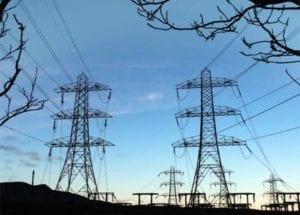Eskom reports it is making 200 megawatts of power available to the Botswana Power Corporation (BPC) on a day-ahead basis, meaning the hourly prices of the power on any day are set the previous day. Under the day-ahead system, market members, such as the BPC, submit their orders to the electricity producer, after which supply and demand are compared and the market price is calculated for each hour of the following day.The new arrangement comes after the expiry in July of a seven-month non-firm contract the BPC enjoyed with Eskom under which it received the 200 MW depending on South Africa’s own requirement. Botswana has a three-year firm contract for 100MW with Eskom expiring in 2015.
“Eskom did consider an extension of the request to continue the additional 200MW supply to Botswana on a non-firm basis, ”states Eskom spokesperson Dikatso Mothae. “In considering such a request Eskom considers its own supply commitments and its projected supply-demand balance.Eskom provides the additional up to 200MW on a day-ahead basis (and) Botswana therefore continues to receive power in addition to the 100MW.“We have not signed a new agreement formalising this, but have committed to continue the supply subject to availability.”
Industry analysts say while the day-ahead basis provides flexibility to the BPC, which can decide when it will take up supply; it often comes at a higher cost due to regional power shortages.In addition, the analysts noted that the 200MW’s availability was critical for the precarious domestic supply scenario where even the availability of all four Morupule B units, emergency diesel plants and Morupule A may be insufficient to cover peak demand over winter.At present, the BPC has three units running at Morupule B which have an installed capacity totalling 396 MW although their actual production is unknown. In addition, the corporation has access to another 160MW of costly diesel-fuelled power as well as the 100MW Eskom contract.The supply is balanced against a peak demand in 2013 of 644 MW, which is however expected to drop as usage declines due to the warmer summer temperatures.The biggest challenge the corporation has at the moment is with the issue of an operating reserve.







